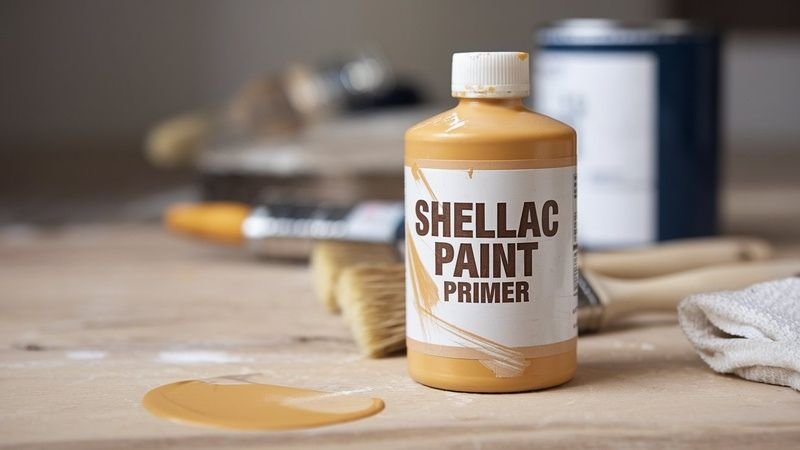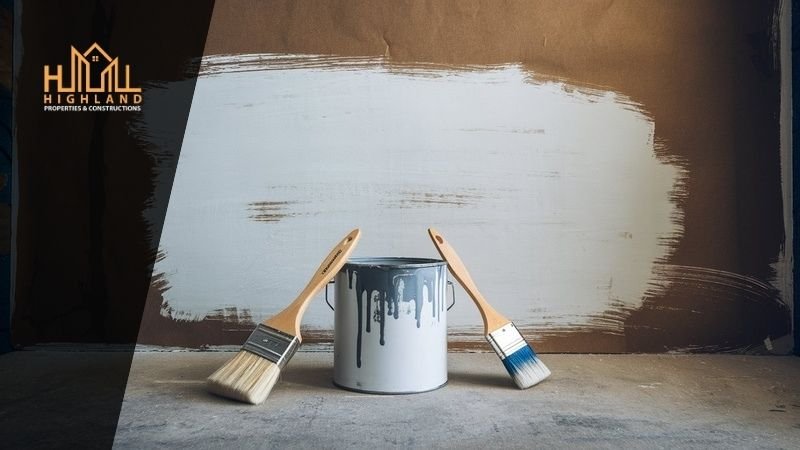Best Primers for a Flawless Paint Job
Everyone desires a long-lasting finish and perfect paint coverage as a reward for their effort and investment. But how do you expect an ideal finish that could satisfy your expectations? Yes, this is where a high-quality primer comes into play. Primer works as a foundation in the makeover of your space while ensuring a solid adherence of your paint to the surface and a perfect finish. Anyone who deludes into believing that merely the paint application is sufficient to yield convincing results is deceiving themselves for no good. So, this blog presents a guide regarding some of the best primers to help you make your efforts to get a flawless paint job for an extended period.
Types of Paint Primers:
Water-based Paint Primers
These primers are also called acrylic or latex paint primers. Water-based primers offer a more straightforward application and cleaning. These are environmentally safe owing to the low level of VOCs, as the primary solvent in these primers is water, which reduces the emission of VOC into the air and improves indoor air quality. These primers provide a perfect finish and better paint adhesion when applied correctly. Except for a rusted surface, these primers are suitable for almost all surfaces, such as metal, glass, plastic, and wood. After the rust removal with sanding, water-based primers can also be used on rusty surfaces.
Oil-based Paint Primers
Oil-based primers, also called alkyd paint primers, are usually used as the foundation of oil-based paints. These primers work great in blocking stains from surfaces such as grease, water drops, rust, etc. Besides working as a stain blocker, these primers also ensure excellent paint adhesion. As these are oil-based, oil is a primary solvent that leaves an indoor odor for a specific time. These primers perform well in sealing the residual adhesive in case of wallpaper removal. Alkyd primers can be used for interior and exterior walls and usually produce productive results on chalky and wooden surfaces. However, oil-based primers make cleaning easier but take comparatively more time to dry than water-based primers.
Also Read: Best Paint Colors for your Living Room 2024
Shellac Paint Primers

Shellac primers provide full coverage and a perfect finish, especially with latex paints. To produce a great sealant, this natural resin is mixed with lac bugs and alcohol, which improves its adhesion. Shellac primer gives an incredibly smooth and sleek finish. This type of primer tends to release VOCs into the air, which may impact the quality of indoor air. Click to learn more
When and When Not to Use a Primer
It is only sometimes essential to use a primer before paint application. Here are some situations that don’t require priming and others in which priming is a critical step in painting to get full coverage.
1- Some paints offer self-priming properties and full coverage without applying a separate coat of primer before paint application. Do not use a separate primer in this condition.
2- You can skip the primer application on already treated walls and those that only need a paint touch-up.
3- Do not use primers when the surface is less porous; do not change the colors.
4- Ensure a paint primer is used on rough surfaces with stains, rust, bumps, and porous surfaces.
5- Apply primer on untreated surfaces that will be painted for the first time.
6- Use primer on surfaces that are difficult to handle, such as plastic, glass, high-gloss paint, and laminate.
Tips to Choose the Best Paint Primer
1- Check the primer’s texture and consistency to ensure it is neither too thick nor too thin and flowy.
2- Consult a professional interior designer before buying a primer suitable for your walls. They can recommend the best primer for your surface.
3- Consider the reviews and ratings of the brand to ensure high-quality results.
4- Check the details of the ingredients written on the product before purchasing it to ensure it does not contain harmful chemicals.
5- Choose a VOC-free paint primer to avoid bad indoor air quality.
6- Choose the one that does not spread a highly pungent smell.
7- Go for an eco-friendly option to ensure a healthy environment around you.
8- Choose a primer covering all the stains and porous surfaces.
9- Select a primer that ensures full coverage and a smooth finish.
10- Use a primer that is suitable for your paint type.
Best Primer for Paint Work – FAQs
Q1- Which paint primers are eco-friendly?
Ans: Water is used as a solvent in the formulation of Water-based or latex paint primers instead of synthetic chemicals, which makes them less intense and environmentally conscious.
Q2- Which primer has a high adhesion property?
Ans: Both water-based and oil-based paint primers are quite adhesive, but oil-based or alkyd primers require more time to dry than the former.





Leave a Reply